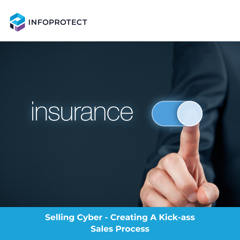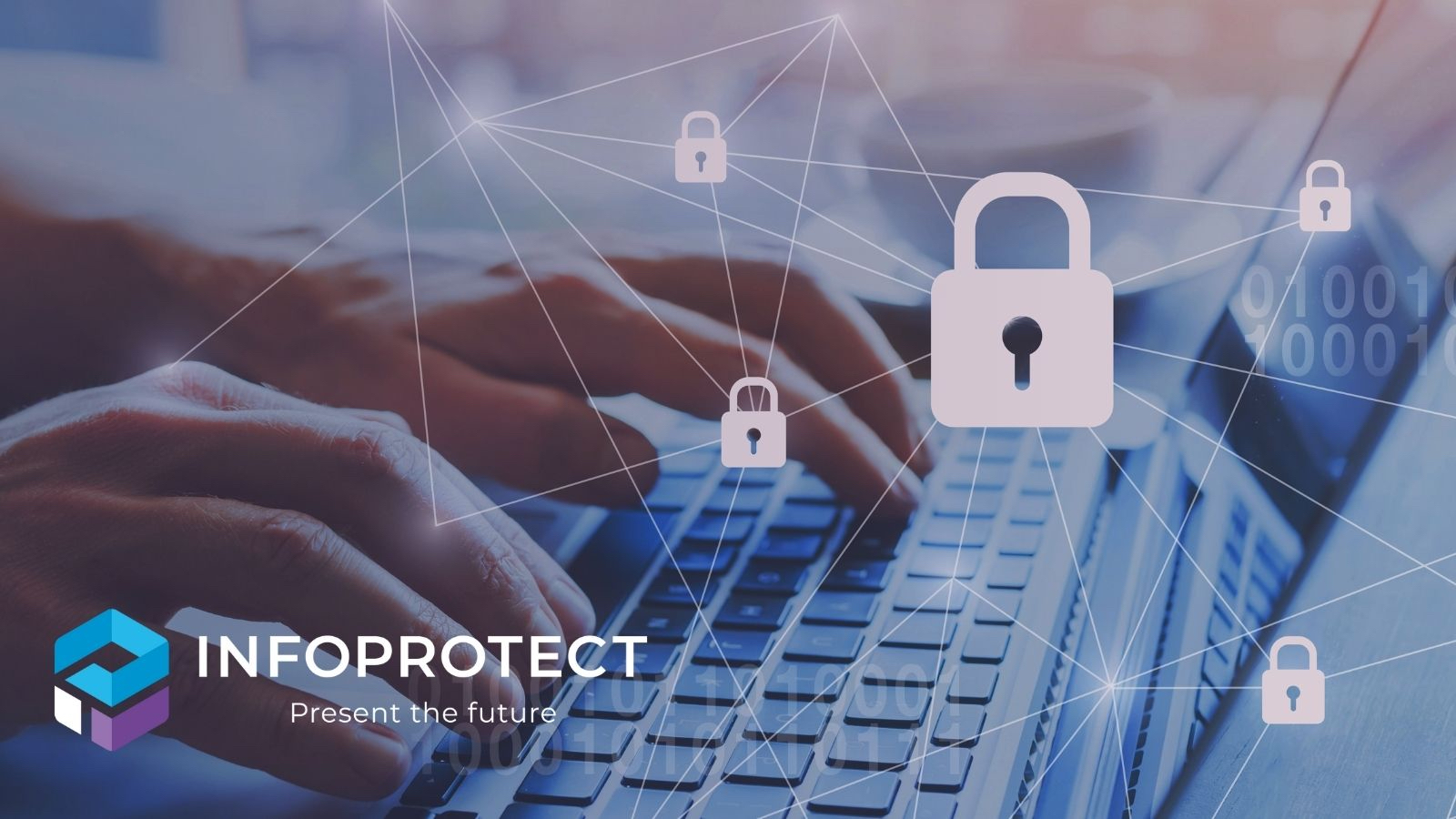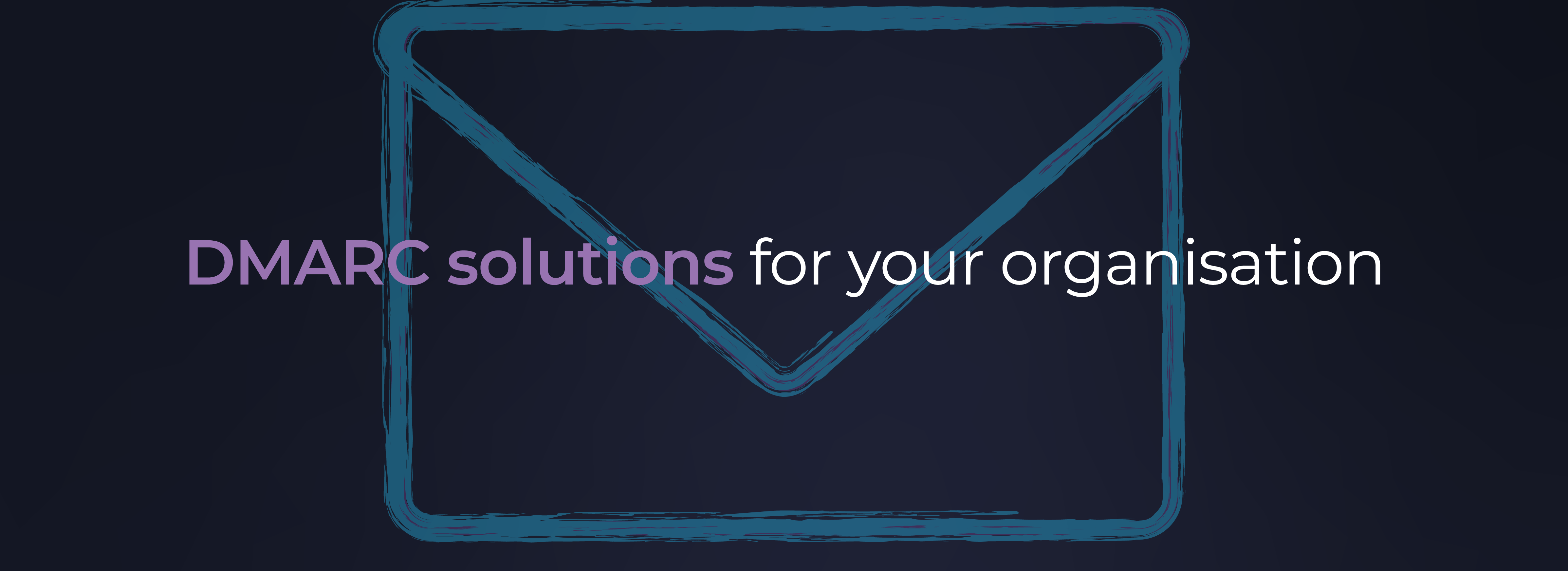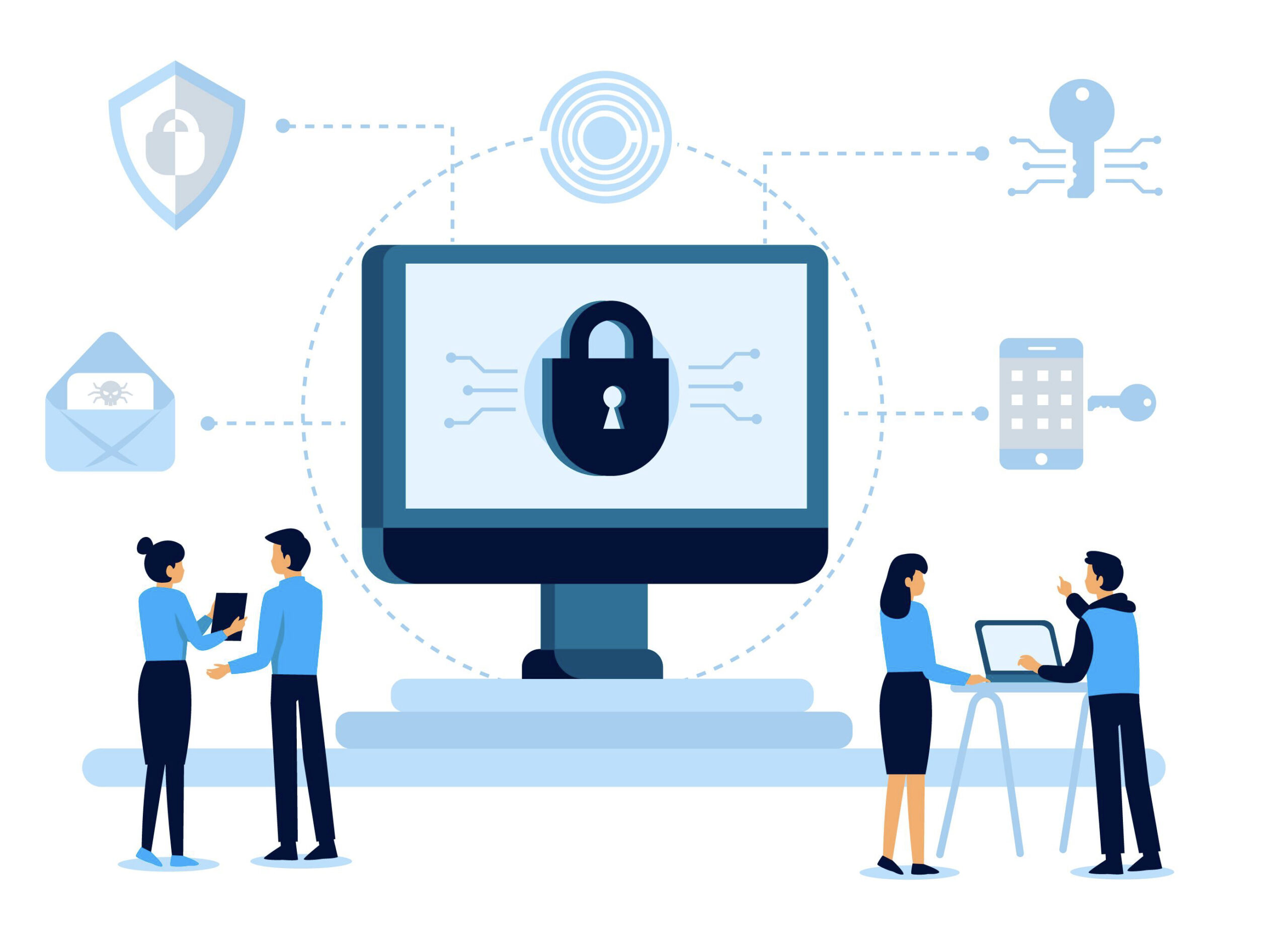In today’s interconnected digital world, email remains a cornerstone of communication for businesses worldwide. However, with the convenience of email comes the ever-looming threat of compromise, posing significant risks to data security, financial integrity, and brand reputation.
Business email compromise (BEC) involves attackers manipulating or impersonating legitimate email accounts within an organisation to deceive employees, clients, or partners into taking harmful actions. These actions can range from transferring funds to unauthorised accounts, disclosing sensitive information, or initiating other damaging activities.
Beazley’s latest quarterly data snapshot gives their view on the latest trends in quarterly global claims data compiled from Q1 of 2021 through Q3 of this year.
While phishing incidents seem to be down, software vulnerability is steady; it is business email compromise (BEC) that is rising at 17%. This type of cyber threat specifically targets professional services, making it imperative for businesses to understand the risks and take proactive measures to protect themselves.
Training is a crucial component in mitigating the risks associated with BEC, as it empowers employees to recognise suspicious emails, understand social engineering tactics, and adopt best practices for email security.
Business email compromise (BEC) is on the rise for several reasons:
1. Sophisticated Tactics: Cybercriminals are becoming more sophisticated in their tactics, employing advanced social engineering techniques to trick employees into divulging sensitive information or performing unauthorised actions.
2. Increased Reliance on Email: With the widespread use of email for communication within and between organisations, there’s a larger surface area for potential attacks. Many crucial business transactions and communications occur via email, making it a prime target for cybercriminals.
3. Lack of Awareness: Despite efforts to educate employees about cybersecurity threats, many individuals still lack awareness of the tactics used in BEC attacks. This leaves them vulnerable to manipulation and deception.
4. Globalisation: The global nature of business means that organisations often deal with partners, suppliers, and customers from around the world. This can complicate communication and verification processes, providing opportunities for attackers to exploit vulnerabilities.
5. Financial Gain: BEC attacks can yield significant financial rewards for cybercriminals. By compromising email accounts, attackers can intercept financial transactions, redirect payments, or initiate fraudulent transactions, resulting in substantial financial losses for businesses.
6. Technological Advancements: Advancements in technology have made it easier for cybercriminals to spoof email addresses, mimic communication patterns, and create convincing phishing emails, making it more challenging for individuals and organisations to distinguish between legitimate and fraudulent messages.
7. Remote Work: The shift towards remote work, accelerated by the COVID-19 pandemic, has introduced new challenges in securing email communications. Remote workers may be using personal devices or unsecured networks, increasing the risk of unauthorised access to email accounts and sensitive information.
8. Supply Chain Attacks: BEC attacks are not limited to targeting individual organisations. Cybercriminals also exploit vulnerabilities in supply chains, compromising email accounts of suppliers or partners to gain access to sensitive information or conduct fraudulent activities.
The 6 Steps – Protecting Your Business Against Business Email Compromise (BEC)
Training is a crucial component in mitigating the risks associated with BEC, as it empowers employees to recognise suspicious emails, understand social engineering tactics, and adopt best practices for email security.
To strengthen your defences against email compromise, it’s essential to adopt a comprehensive approach that combines practical strategies with advanced technologies.
In this guide, we’ll explore five key steps, plus the 6th which is the crucial role of DMARC (Domain-based Message Authentication, Reporting, and Conformance), to protect your business from email-based threats.
1. Educate Your Team: Effective security starts with awareness. Educate your employees about the various forms of email compromise, including phishing, spoofing, and social engineering tactics. Train them to recognise red flags such as suspicious sender addresses, unexpected attachments, and requests for sensitive information. Encourage a culture of scepticism and verification, where employees are empowered to question the legitimacy of emails before taking action. We know it can be difficult when you are working on the go or in a hurry but your team are your best line of defence.
2. Implement Multi-Factor Authentication (MFA): Strengthen your email security by implementing MFA for all user accounts. MFA requires additional verification beyond passwords, such as a one-time code sent to a registered device, before granting access. By adding this extra layer of protection, even if passwords are compromised, unauthorised access is thwarted, significantly reducing the risk of email compromise.
3. Utilise Email Filtering and Anti-Spam Solutions: Invest in robust email filtering and anti-spam solutions to automatically detect and block malicious emails. These solutions leverage advanced algorithms and threat intelligence to identify phishing attempts, malware, and fraudulent content, preventing them from reaching your employees’ inboxes. By proactively filtering out potential threats, you minimise the chance of falling victim to email-based attacks.
4. Regularly Update and Patch Email Systems: Keep your email systems secure by applying timely updates and patches. Vulnerabilities in email servers, clients, and associated software are often exploited by cybercriminals to launch attacks. Stay vigilant by monitoring for updates released by vendors and promptly applying them to mitigate potential security risks. Regular maintenance ensures that your email infrastructure remains resilient against evolving threats.
5. Establish Clear Policies and Procedures: Define and enforce email security policies and procedures tailored to your organisation’s needs. Outline guidelines for handling sensitive information, conducting financial transactions, and verifying the authenticity of emails. Encourage employees to report suspicious activities promptly and provide channels for reporting potential security incidents. By establishing a framework that promotes secure email practices, you create a culture of accountability and resilience within your organisation.
6. Implement DMARC (Domain-based Message Authentication, Reporting, and Conformance): DMARC is a powerful email authentication protocol that provides organisations with greater control over their email domain’s security. By publishing DMARC records in your DNS (Domain Name System), you can specify how your domain handles unauthenticated emails, such as quarantine or reject them outright. Additionally, DMARC enables you to receive detailed reports on email authentication failures, allowing you to monitor and analyse potential threats effectively. The final benefit of DMARC is that your businesses outgoing emails land in the intended recipients inbox and not their junk or spam folder.
In conclusion, safeguarding your business from email compromise requires a multifaceted approach that combines education, technology, and policy enforcement.
By following these comprehensive steps and integrating DMARC into your email security strategy, you can significantly reduce the risk of email-based threats and protect your organisation’s sensitive data, finances, and reputation.
Remember, proactive measures and ongoing vigilance are essential in the ever-evolving landscape of cybersecurity. By prioritising email security, you can mitigate risks and foster a culture of trust and resilience within your business.
If you need any help or advice implementing these measures or would like to arrange a bespoke training session for your team please drop Brad Fraser a line, we’d love to hear from you.


















